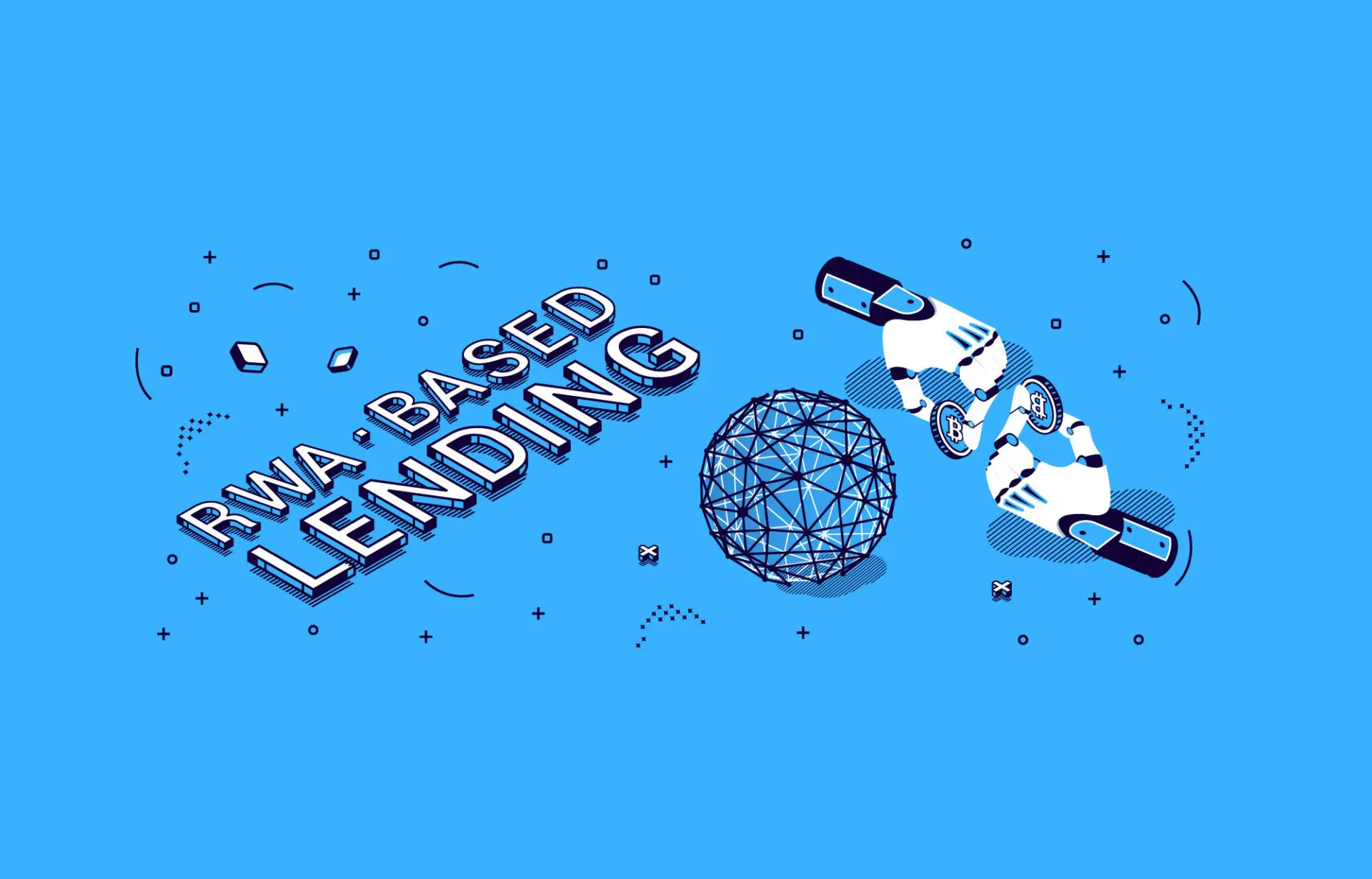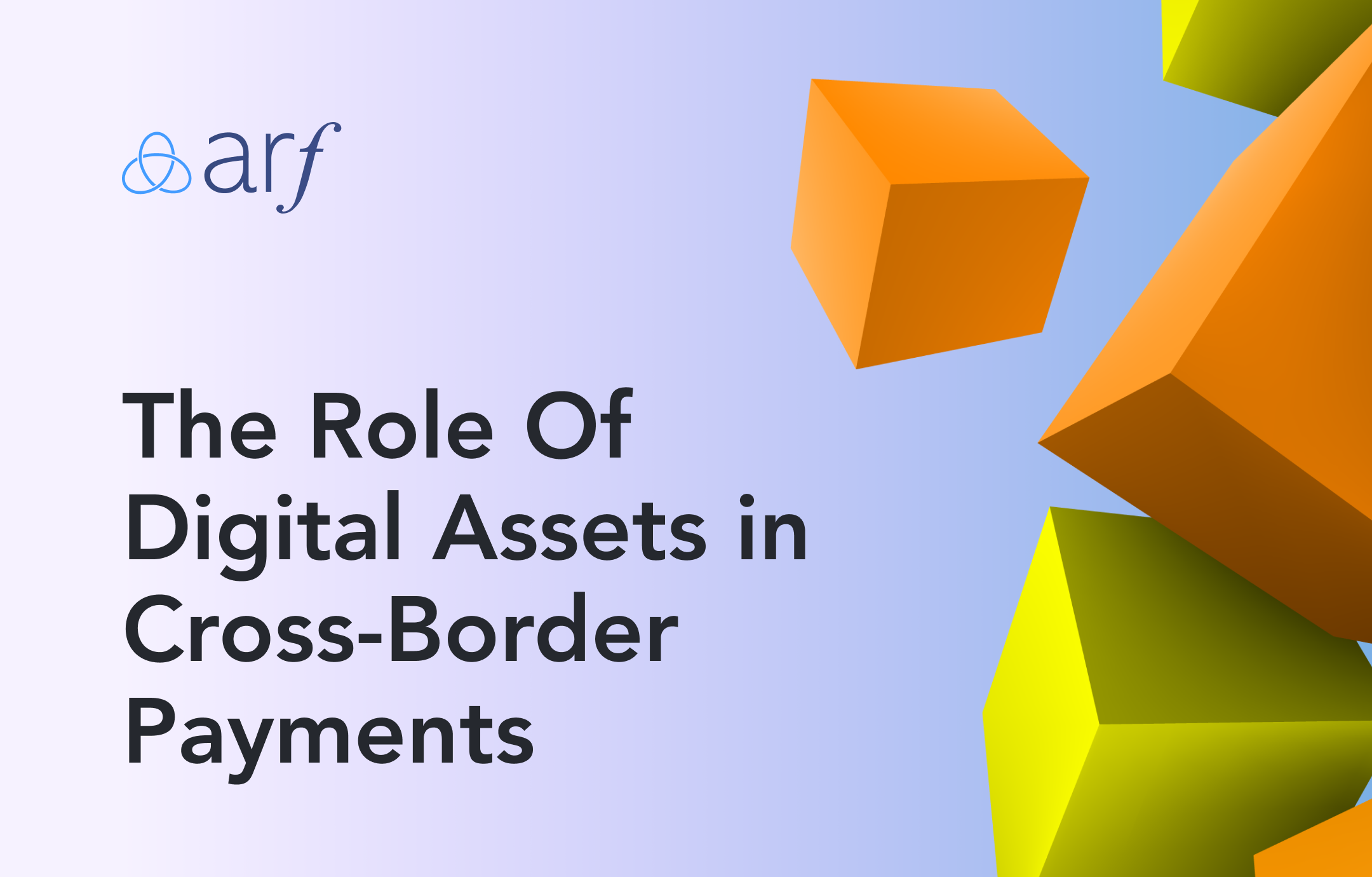Lending is - and has always been - one of the most important aspects of financial services. Over the course of history, several of the world’s greatest feats would never have been possible without the input of strong financiers who believed in certain visions and gave the funds for them to be brought into reality.
Even more important to the stability of the global financial system now is lending. Data from earlier this year suggests that the commercial lending space alone is expected to generate revenues of $27 trillion and hit a cumulative annual growth rate (CAGR) of 14.4% between 2021 and 2028.
Crypto’s Entry Into The Lending Market
The crypto lending space has been one of the most vibrant parts of this growing industry. Lending became especially important in 2020 and 2021, with the COVID-19 affecting the ability of traditional lending institutions to satiate the demand for money.
As a result, we saw a massive explosion in the popularity of DeFi protocols - tools that operate without the need for any of the lengthy steps and red tape that we’ve come to expect from traditional finance platforms.
Today, the DeFi space is worth an estimated $49 billion. It should also come as no surprise that lending protocols lead the DeFi space. Of the top 10 DeFi protocols in the market, 4 deal solely in lending - including the market’s leader, Maker. Expand this to the top 15, and you’ll find an impressive 6 lending protocols in the mix.
Source: DeFi Pulse (June 2022)
Overcollateralization: Great For A Start, But Unsustainable
The history of the crypto lending space dates back to the times when cryptocurrencies weren’t so popular. Several early adopters had understood that crypto would one day become the standard for global financial service delivery, and they sought to quickly integrate these assets into different services.
When crypto lending began, it was highly overcollateralized. Collateralization is known as the use of a valuable asset to secure a loan. If the borrower fails to repay the debt, the lender may seize and sell the asset to make up the difference.
Overcollateralization essentially means that you need to provide much more collateral than the value of the loan you’re trying to take. Say you’re looking to take a loan of 1 BTC. You have to go to a lender and pledge as much as 2 BTC worth of USDC to get the loan.
For a long time, overcollateralization provided a great way of fast decision making and turning an illiquid asset like BTC into a liquid one like USDC without selling the mentioned BTC. It was also a boon for most crypto lending platforms, as many of them were very risk-averse, and the inherent risk of the crypto space meant that they needed a way to cover their positions in the event that crypto prices fell drastically.
However, this structure made lending inaccessible to most businesses and everyday people. They would have to put up high sums of collateral to access loans, and many of them who simply didn’t have the required collateral had to find other sources to get their money.
If the market was to grow, there was no doubt that overcollateralization wouldn’t work. Crypto was built on the principle of equality and easy access to all, but this model for loans was unsustainable if the market was to become truly global.
RWA-Based Loans: A Much-Needed Breath Of Fresh Air
Even though the lending market remains largely overcollateralized, the growth of DeFi has brought in a new paradigm shift: real-world asset (RWA) based crypto loans.
With RWA-based crypto loans, you’re offering collateral that may objectively worth less than the amount of money you’re borrowing. In some cases, you might not even need to put up any collateral at all.
Here’s a great example of an RWA-based loan - a company needs a loan worth $10 million for expansion, but they don’t have the collateral to access a loan of this magnitude. So, they go to a lender offering RWA-based loans and access the funds they need with a collateral worth $5 million. They don’t have to go through the bureaucracy of banks, and they get a favorable schedule for repayment.
Today, several platforms specialize in RWA-based loans. Arf, Goldfinch, and Maple Finance are several of the most notable examples.
How RWA-Based Loans Benefit Borrowers
RWA-based loans help businesses survive and expand by enabling them access to funds without dropping massive amounts of collateral.
A good example is Goldfinch - the DeFi lender focusing specifically on developing economies, which recently hit $100 million in its loan book. Its loan book had hit just $1 million as of February 2021, and it managed to do 100 times more than in a couple of months. Most of its loans were active in Africa, with countries such as Kenya, Nigeria, and Uganda leading.
Goldfinch’s performance shows that there is a massive demand for loans in developing economies that lack proper credit and structured financial systems, resulting in a massive population of the unbanked. However, financial inclusion remains the key to every country’s economic growth. For most to lift out of poverty, access to capital is vital.
With optimal convenience and speed, DeFi ensures that assets can easily get into the hands of those who need them the most. They can also enjoy access to lending and borrowing markets at low interest rates. This means that borrowers can access funds for different reasons, regardless of their background or income. For individuals and businesses in countries without proper financial systems, this is more than a benefit. The RWA-based loans from DeFi platforms can easily be the key to their survival.





